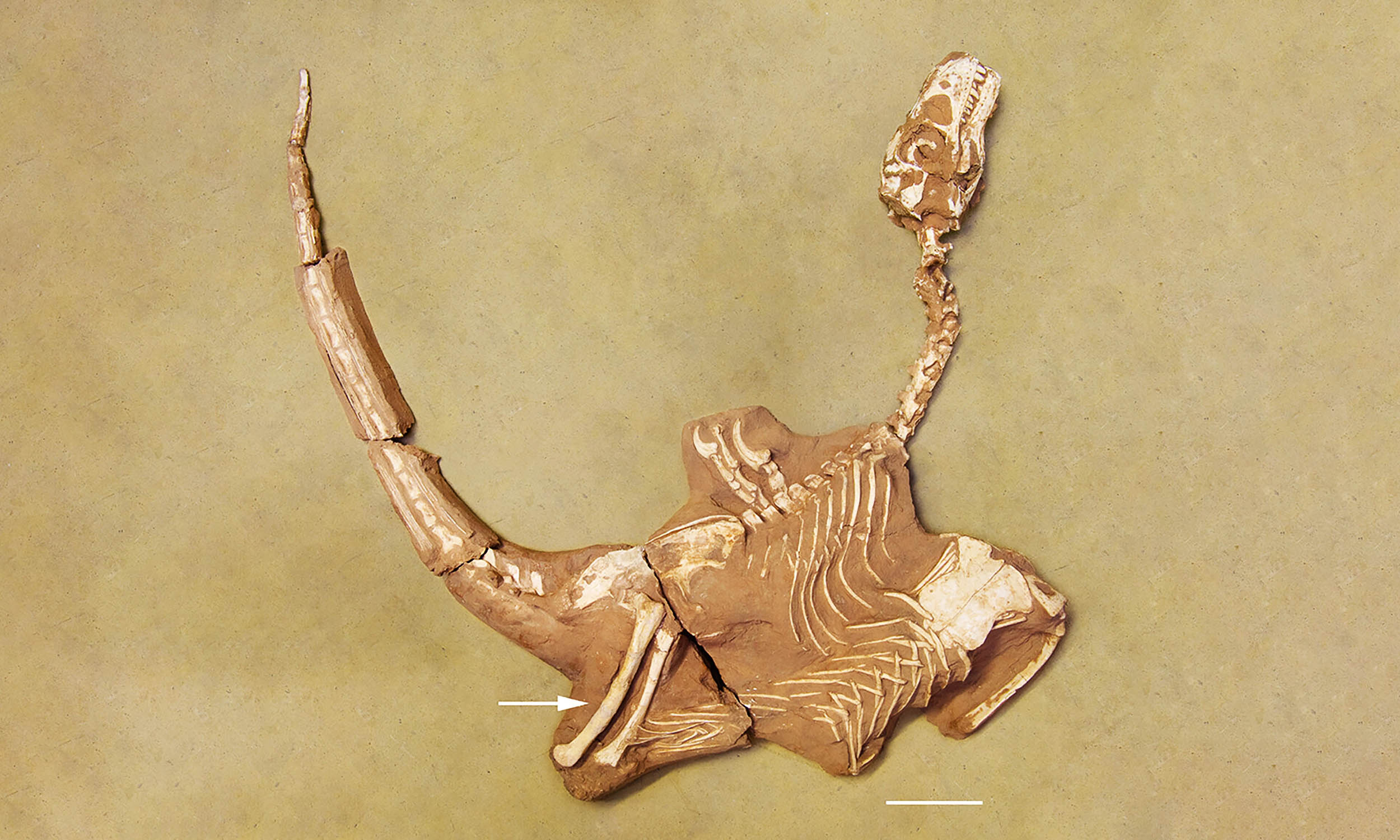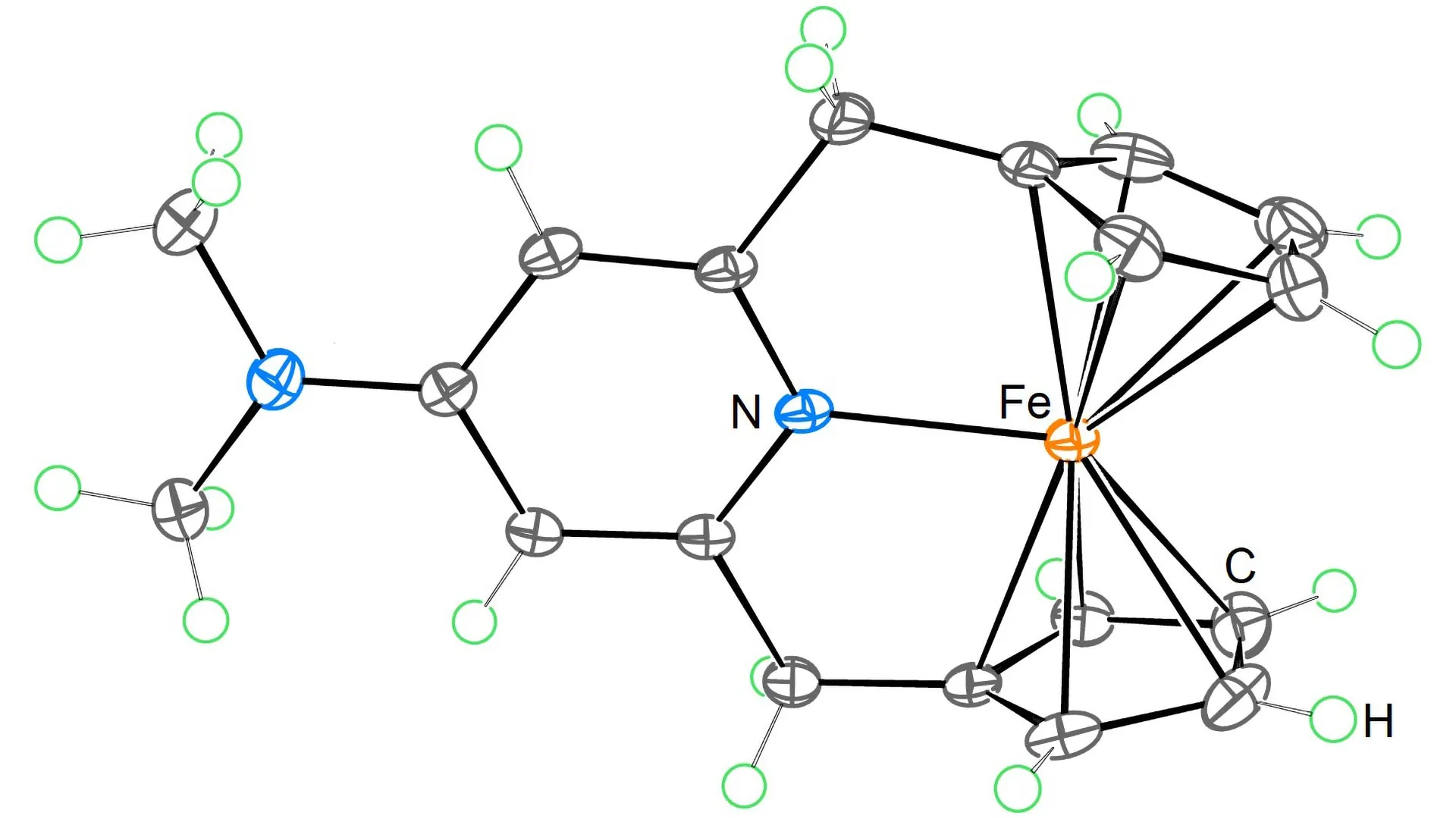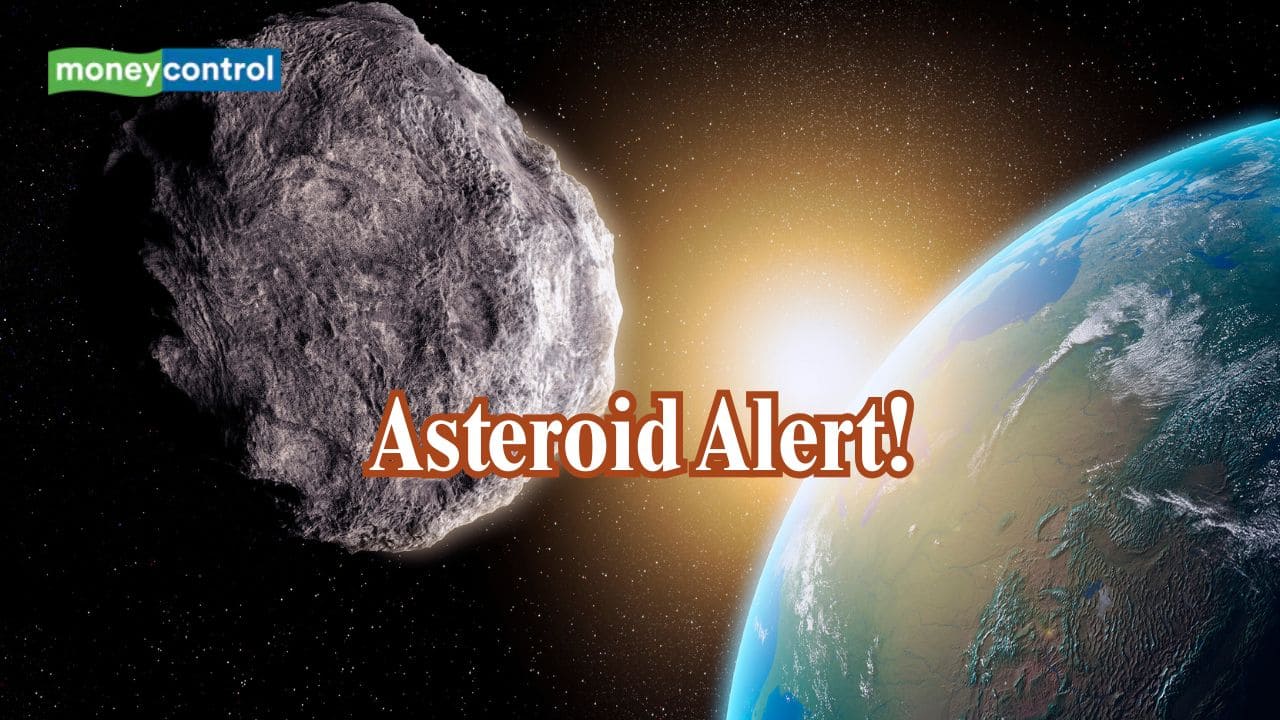This Microbe Turns Toxic Metal into 24-Carat Gold - Nature's Craziest Alchemist!

Imagine a tiny organism that not only survives in the harshest, most toxic environments, but also transforms metal into pure gold! Yes, you read that right. A remarkable microbe known as Cupriavidus metallidurans has been discovered, and it’s turning heads (and metals) by excreting tiny particles of 24-carat gold.
This astonishing find comes from researchers in Australia and Germany, who have unveiled the secrets behind this little marvel that thrives in metal-rich soil. While gold is often sought after for its beauty and value, this microbe is harnessing its toxic surroundings to create something extraordinary. It’s like nature's very own alchemist!
Gold, the most coveted precious metal around, has a fascinating history of its own. It wasn’t originally formed on Earth; instead, it arrived here through the violent collisions of asteroids and via the processes that shaped our planet. Even rarer metals may exist, but gold remains unrivaled in popularity and value.
But how does this extraordinary microorganism manage to convert toxic metals into gold? The magic lies in its unique defense mechanism, allowing it to thrive where other organisms cannot. By neutralizing harmful metals like gold and copper, it triggers a chemical reaction that leads to the production of gold particles on its surface.
When exposed to gold ions, Cupriavidus metallidurans employs specialized enzymes, namely CopA and CupA, which work diligently to reduce these ions into nanoparticles. Once formed, these tiny particles are expelled, allowing the microbe to survive while simultaneously producing minute amounts of pure gold.
This groundbreaking discovery doesn’t just end with scientific curiosity. It opens up exciting possibilities for the future of gold mining. Traditional methods are notorious for their environmental impact and high energy consumption. However, by harnessing this microorganism, scientists envision the potential for creating bioreactors or engineered microbes that can extract gold from electronic waste, mine tailings, or low-grade ores.
By doing so, we could significantly reduce the environmental damage associated with gold mining while transforming waste into valuable resources. With microbe-based gold extraction, we’re looking at a more sustainable and cheaper alternative to the costly, toxic methods of the past. Researchers are optimistic, and rightfully so, about how this discovery could revolutionize not just the gold mining industry, but also our approach to waste management.


















